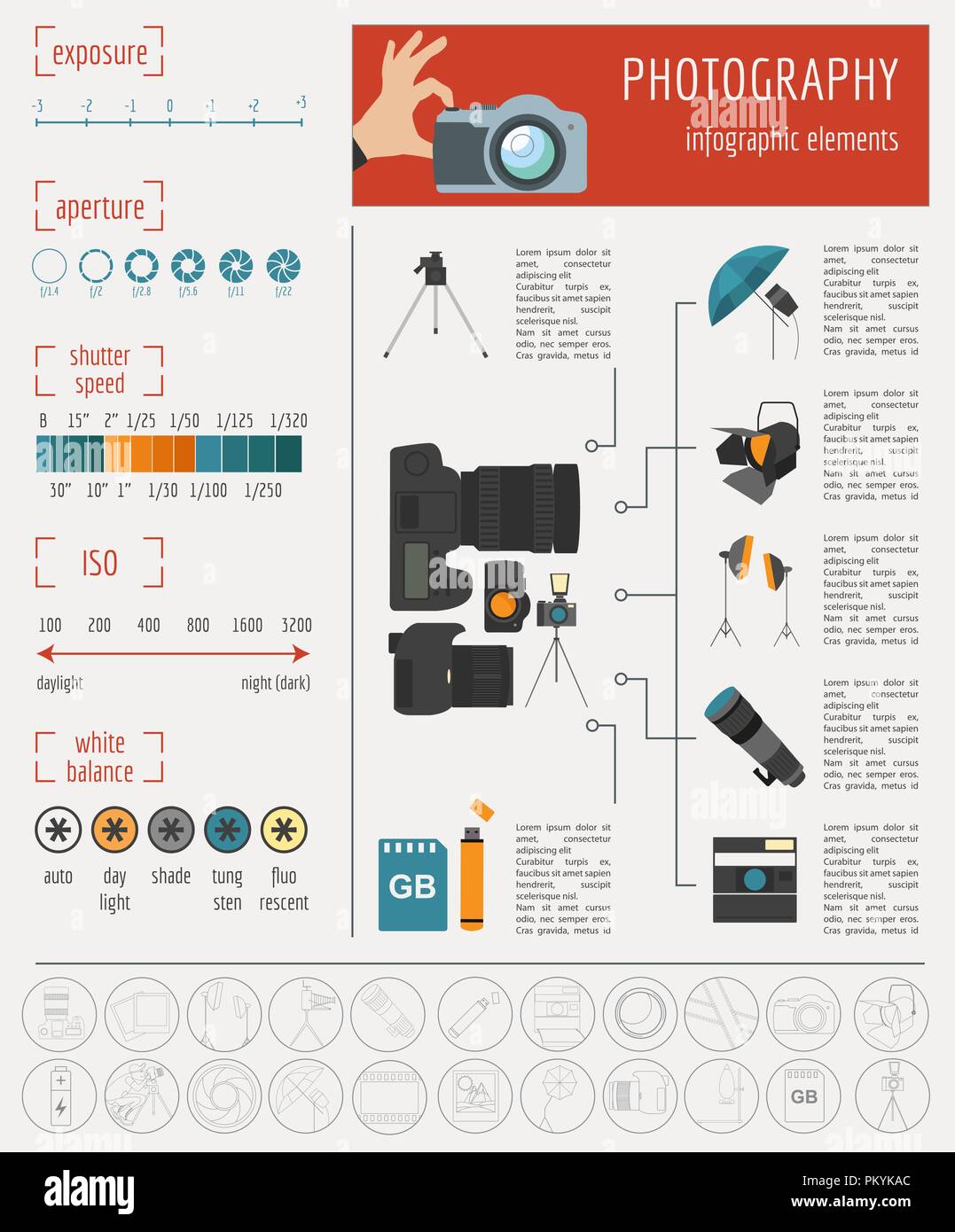Transform Your Photography By Understanding Lights Methods That Can Raise Your Images-- Find The Usual Risks That Could Be Holding You Back
Transform Your Photography By Understanding Lights Methods That Can Raise Your Images-- Find The Usual Risks That Could Be Holding You Back
Blog Article
why not look here By-Hinson Olsson
As a photographer, you understand that lights can make or damage your photos. Comprehending the nuances of both natural and fabricated light is important for catching the state of mind and clarity you go for in your work. Whether visit the up coming site chasing after the ideal gold hour radiance or fine-tuning your artificial configurations, understanding these elements can raise your photography dramatically. Yet there prevail mistakes that many neglect, and recognizing them can change your method to every shoot. Allow's discover what you may be missing out on and just how it can influence your outcomes.
Recognizing Natural Light
Comprehending natural light is vital for any type of photographer wanting to enhance their work. Suggested Online site 's the structure of excellent photography, affecting mood, tone, and clearness. When you fire outdoors, take notice of the time of day. The golden hour-- shortly after dawn and prior to sundown-- supplies soft, warm light that can change regular scenes into spectacular photos.
Don't undervalue the power of cloudy days. Cloud cover diffuses sunshine, producing a soft, even light that's perfect for portraits and macro digital photography. You'll locate colors appear this sort of illumination without extreme shadows.
Positioning matters, also. Constantly consider your topic's orientation to the light source. If the sun's behind your topic, you may end up with a silhouette, which can be dramatic but mightn't be what you want. Alternatively, direct sunlight can create uncomplimentary shadows.
Trying out angles; sometimes, transforming your point of view can generate fantastic outcomes. Use natural reflectors, like water or sand, to jump light onto your topic, adding dimension.
Learning Artificial Light
Understanding synthetic light is vital for digital photographers who want to take their abilities to the following level. Whether you're utilizing speedlights, workshop strobes, or continuous lights, comprehending how to manipulate these sources can considerably improve your pictures.
Begin by acquainting on your own with the essentials of light high quality, direction, and color temperature level. Trying out different modifiers like softboxes, umbrellas, or grids to regulate the softness or violence of the light.
You'll find that soft light typically produces lovely outcomes, while harsher light can add dramatization and depth. Do not shy away from Medical Residency Photography can enhance the three-dimensionality of your topics.
Pay attention to the positioning of your lights. A light located also near to your subject can produce unflattering results, while too far can lead to an absence of information. Utilize a light meter or your video camera's histogram to guarantee you're exposing correctly.
Lastly, keep in mind that man-made light can be mixed with ambient light for innovative effects. Stabilizing these sources may take method, but once you master it, your photography will really beam.
Strategies for Various Situations
When you enter various capturing scenarios, adapting your illumination strategies is vital for recording the very best photos. For exterior pictures, use the gold hour-- early morning or late afternoon light-- to soften darkness and enhance skin tones.
If it's a severe lunchtime sun, take into consideration making use of a reflector to jump light back onto your subject or look for shaded locations for a much more also direct exposure.
In low-light situations, like indoor events, boost your ISO and utilize a vast aperture to allow in more light. A tripod can aid remove electronic camera shake, enabling longer direct exposures without obscuring.
If you're shooting at evening, experiment with off-camera flash to develop vibrant illumination and depth in your pictures.
For item photography, use diffused lights to prevent severe reflections. Softboxes or light outdoors tents can help accomplish this effect.
When photographing landscapes, think about the direction of light and time of day, as it can considerably change the mood of your shot.
Constantly prepare to readjust your setups and placing based on the situation, as versatility is crucial to understanding lights in digital photography.
Verdict
In conclusion, understanding lighting is vital to elevating your digital photography skills. Welcome all-natural light's appeal during gold hour, and don't avoid try out man-made light techniques. By adapting your method to various situations, you'll capture spectacular photos that resonate with feeling and clarity. Bear in mind, the ideal lighting can transform an ordinary shot into something amazing, so keep practicing and fine-tuning your understanding of both all-natural and artificial light. Pleased shooting!
